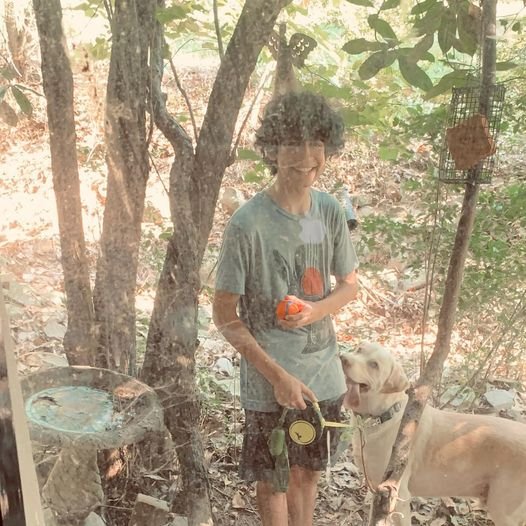Windows
“A Window covered with raindrops interests me more than a photograph of a famous person.”—Saul Leiter, artist and photographer.
“View From My Window” is a social media group that calls me out of bed each morning as I long to refocus my life from more than the world outside my window. Stunning photography from all over the globe enlarges my connection to universal beauty from Europe, Africa, South America, Australia, Canada, and other parts of North America.
amber elkover. california sunset
Flowers of every possible species, forests, elephants, bobcats, oceans, tidal pools, mountain ranges, snow in Austin, Texas, and northern lights in Iceland and Alaska wake me daily to beauty beyond my normal vision.
Being in or seeing nature is one of my best ways to connect to God. Each morning, I take a visual journey into the presence of creation in all its splendor beyond the bounds of my own home to someone else’s view that I will probably never meet.
Each morning, I see a part of the beauty of the outdoors that I would have never seen in my lifetime. Occasionally, I share the view outside my window of woodpeckers and cardinals, Carolina chickadees, and blue jays, who visit the feeder beyond my floor-to-ceiling window, which takes up almost a whole wall in my home office.
zoe
Still, my favorite view is when my granddaughter or grandson comes by to wave and say hello with a dog they walk or when my daughter leaves a colorful hand-drawn “I love you” message with lots of hearts taped outside my window. Another favorite view is my husband braving all kinds of weather to put out bird food, allowing me to enjoy my avian neighbors every morning.
turner
I rarely left my house during the two years of our long pandemic. The view from my window, where I spent most of the day, was my connection to the outside world. I am so fortunate that my view encompasses much of nature, where Parker Palmer tells us that the plants photosynthesize our nervous energy into peace, passing all understanding.
Now, I connect to the views from people’s windows all over the world. Consequently, I can begin my day with a broader worldview.
Joanna https://www.joannaseibert.com/











